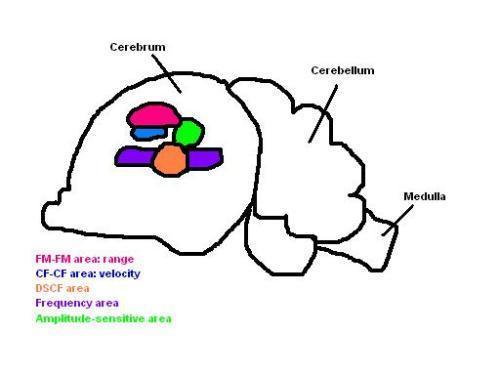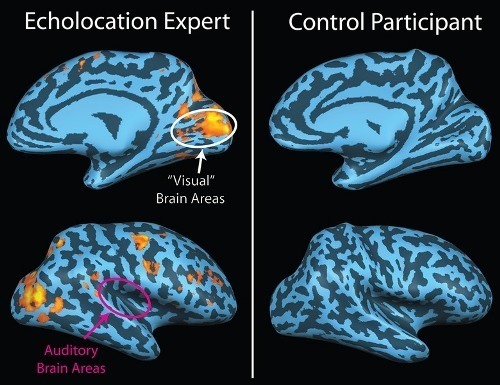10 Facts about Echolocation
The ability to detect objects using the echoes is explained on Facts about Echolocation. It is divided in two major types. Both are the human echolocation and animal echolocation. The former one is defined as the ability of human being to detect the sense of echoes from a particular object. You just have to create active sounds to detect the location of the object such as by stomping foot, tapping the canes, producing clicking noise or even snapping fingers. The object can be identified by the trained people for the sound waves are reflected by the object. Let me show you other interesting facts about echolocation by reading the following post:
Facts about Echolocation 1: the blind people
Echolocation is very important to learn by the blind people for it enables them to navigate using the help of the reflected sound waves. They do not depend on the visual cues. They use the auditory cues to navigate.
Facts about Echolocation 2: the animal echolocation
The toothed whales, dolphins and bats are the animals, which employ echolocation to find their prey.

Echolocation Facts
Facts about Echolocation 3: Daniel Kish
When we talk about human echolocation, we should never forget Daniel Kish. He developed a technique called FlasgSonar. He taught the blind people to navigate the wilderness with this technique. Get facts about DNA here.
Facts about Echolocation 4: a nonprofit organization
Kish established an nonprofit organization called World Access for the Blind.

Echolocation Image
Facts about Echolocation 5: retinal cancer
Kish was diagnosed with retinal cancer so that his eyes had to be removed at the age of 13. He was capable to expand his mobility as a blind person by using his cane and echolocation.
Facts about Echolocation 6: Ben Underwood
Another person who develops the technique of echolocation is Ben Underwood who had his eyes removed at the age of three because of retinal cancer. He uses the clicking noise of his tongue to define the nearby objects.

Echolocation Pictures
Facts about Echolocation 7: another term
Bio sonar is another term of echolocation. The emitted calls will be produced to create echoes, which enable the people and animals to define the location of the objects. Find facts about ecosystem here.
Facts about Echolocation 8: microbats
Microbats have the ability to navigate and hunt in a total darkness by using echolocation.

Facts about Echolocation
Facts about Echolocation 9: the sounds
The sounds produced by a microbat are 10 until 20 clicks per second when they hunt for prey.
Facts about Echolocation 10: the call frequencies
The call frequencies of bats are around 11 kHz for the lower one. The highest one reaches 212 kHz.

Echolocation Pic
Are you interested reading facts about echolocation?


